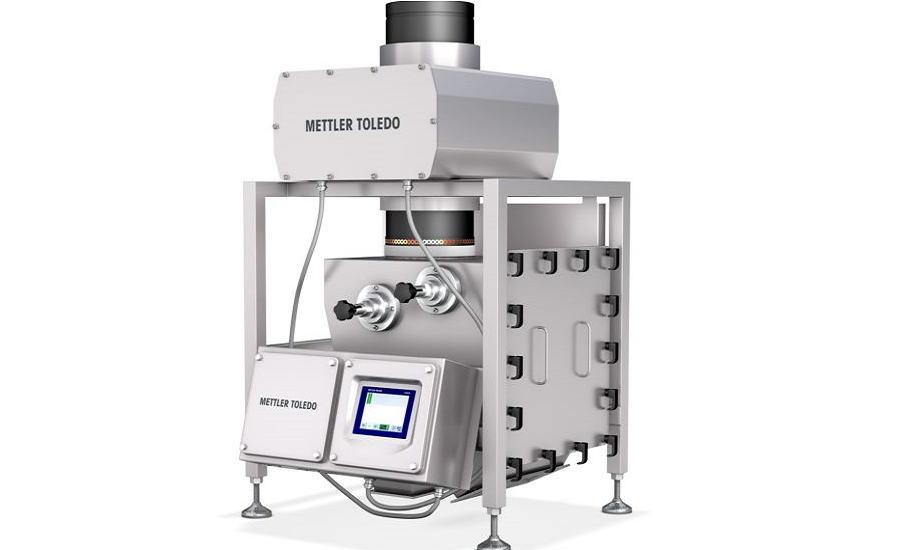What Is the Difference Between a TDC and a TCO?

Managing successful packaged food production lines often requires manufacturers to be able to operate within tight financial margins. For this purpose, many use as a guideline a well-established metric in the industry: Total Cost of Ownership (TCO).
In simple terms, TCO takes into consideration the purchase price of a piece of equipment, as well as the operational costs it incurs over time. TCO is often used in procurement analysis when preparing business cases to secure additional capital expenditure to update food production lines, as TCO focuses on all costs directly related to the piece of equipment itself, rather than solely on the cost of the equipment.
However, packaged food manufacturers are increasingly considering another metric to measure the overall productivity and effectiveness of their production lines: Total Delivered Cost (TDC).
What is the difference between TDC and TCO?
TDC looks into the total cost of manufacturing and delivering a product. This includes the sum of TCO (all costs directly related to the piece of equipment) and all operational costs, such as the physical product, packaging, labor for production and quality checks, waste product, waste packaging and transportation.
However, it should be noted that, as TDC does take into account operational costs, the metric can easily be affected by common issues on production lines such as product rejects, having to change product set-ups manually, identifying and removing contaminated product and downtime for maintenance purposes. While TDC is a more comprehensive metric for manufacturers to measure their overall productivity, it also means that their production lines need to be running at capacity and smoothly, with minimum hiccups and issues, to keep their TDCs in check.
How can manufacturers protect their production lines?
Two main types of product inspection technology — X-ray inspection and metal detection — can help manufacturers reduce TDC. This is achieved by initiatives such as reducing unnecessary product waste and enabling the re-working of product and packaging as needed. Some ways to reduce TDC include:
- Minimizing False Reject Rates (FRR) with X-ray Inspection
In food production, the cost implications of high False Reject Rates (FRR) can be daunting and increase overall TDC. Every good product that is rejected leads to avoidable re-testing and production line re-working costs.
For example, a snack manufacturer using an old X-ray machine, which inspected products using a small set of inspection algorithms, reported that their system was generating at least four false rejects per hour, equating to approximately seven per 10,000 packs. In addition, a quality assurance employee spent valuable time investigating and documenting the results of each false reject event, adding more unnecessary cost to production over time.
Fortunately, current advanced X-ray inspection software uses a larger number of algorithms than older systems. These algorithms check for individual product anomalies over a smaller range. This increases inspection accuracy and allows for natural package variations without increasing FRR and, ultimately, TDC.
- Reducing Frequent Testing with Metal Detection Technology
A critical factor of successful and accurate metal detection on production lines is sensitivity. i.e., the measure of a metal detector’s ability to identify a specific type and size of contaminant, whether ferrous, non-ferrous or stainless steel. To ensure the highest levels of food safety are maintained on production lines, food manufacturers need to carry out regular sensitivity checks for potential contaminant types, which can affect the availability of their production line and therefore, their productivity.
Typically, snack manufacturers often need to test the sensitivity levels on their production lines every two hours. This means stopping the line and testing equipment, thereby increasing overall TDC. However, the latest metal detection equipment incorporating Reduced Test (RT) Mode technology can help reduce the frequency of tests by as much as more than 80%. The technology also ensures that the system is continuously operating at a higher sensitivity than required to detect contaminants. In some cases, RT has helped manufacturers reduce testing from every 2 hours to every 6 hours, requiring only two tests per 12-hour shift–again, reducing overall TDC.
Further Ways to Reduce TDC
The latest checkweighing and vision inspection devices use technical innovations such as feedback loops and enhanced automated vision technology to also help reduce TDC. This is achieved by providing a precise level of weighing accuracy at high production speeds and removing the need for manual visual checks of product labelling, ensuring that labor costs are reduced and improving overall quality and consistency.
For more about TDC and additional ways to further reduce it across your production lines, you can now download the full e-guide on “Reducing Total Delivered Cost: A Guide for Packaged Food Manufacturers” with actual examples of manufacturers, equipment and the TDC results they achieved, by accessing the following link: www.mt.com/pi-tdc.
Looking for a reprint of this article?
From high-res PDFs to custom plaques, order your copy today!





